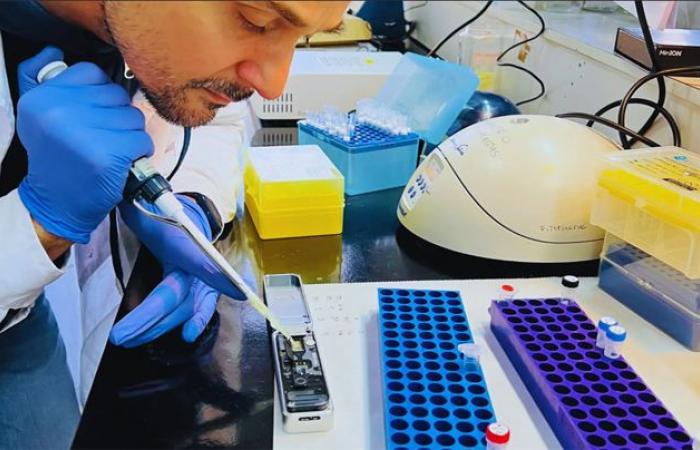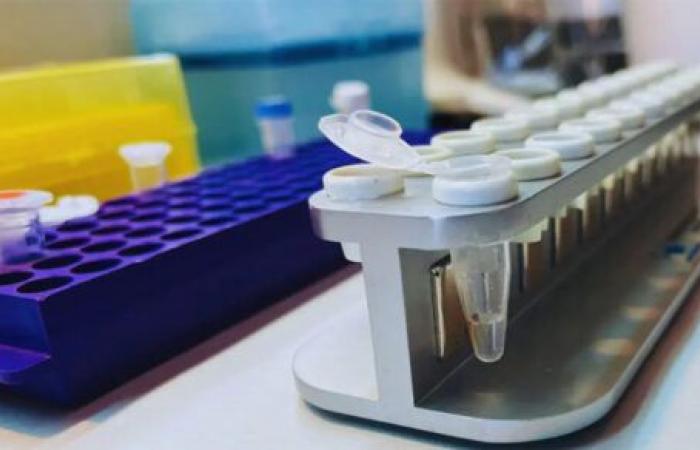The National Institute of Agricultural Technology managed to sequence the genome of the corn leafhopperafter the agronomic disaster caused by the plague as a vector of Spiroplasma and the Achaparramiento complex and with a view to the 2024/25 sowing cycle.
According to the National Government, it is a scientific milestone that will allow us to understand the biology of the insect, design more efficient strategies for insect control and facilitate the development of more resistant corn varieties to the diseases transmitted by this pest.
The job was carried out by a team of specialists from the INTA Agricultural Research Center in Córdobaan agency of the Bioeconomy Secretariat dependent on the Ministry of Economy of the Nation.
Strategies and control
The leafhopper is the vector of four pathogens: two mollicutes -bacteria- (Spiroplasma kunkelii and Maize bushy stunt phytoplasma) and two viruses (Maize striped fine virus and Maize striate mosaic virus), which can be found in simple or mixed infections and generate the disease. “stunting of corn.”
At IPAVE, all these pathogens are historically studied and The sequencing, assembly and annotation of the Dalbulus maidis genome achieved by INTA researchers is the first global advance recorded to date.
This scientific milestone was achieved after having detected that the conditions of high temperatures and abundant rainfall, together with the staggering of sowing dates, were the main causes of the rapid reproduction and migration of the pest from the north of the country to the area. production core.
In addition to the impact on the control of the corn leafhopper, This research will provide information to understand the biology, distribution and evolution of the insect, which will help predict and mitigate future outbreaks and epidemics..
In addition, “it will enable the development of more precise and targeted approaches to control this pest, through the reduction in the use of phytosanitary products,” commented the government technical body.
Also, could be used in the genetic improvement of cornfacilitating the development of varieties more resistant to diseases transmitted by this insect.
In this sense, “we could understand aspects such as the insect’s immunity genes, identify potential targets for the development of better insecticides, as well as genes associated with their interaction with infected plants and pathogens,” they explained.
How the DNA was sequenced
First of all, it should be explained that The genome is the total DNA sequence that a particular organism has.. Sequencing a genome involves being able to determine the exact order of the bases adenine, cytosine, guanine and thymine (A, C, G and T) in DNA.
In the particular case of the Cicharrita, 20 specimens were processed that were obtained from a healthy colony propagated in a greenhouse.. An experimental colony of these insects is maintained at the INTA Institute of Plant Pathology with controlled health.
In that organization, María de la Paz Giménez Pecci, a reference in the study of corn diseases, together with Mariana Ferrer and Karina Torrico, work on the study of the pathosystem, its behavior and its evolution over the years.
“Their contribution was not only limited to the possibility of counting insects raised in our institute for this project, but their experience and knowledge as references in crop pathology have been key in this emergency,” stressed Franco Fernández, biologist and coordinator of the node. of genomic sequencing at CIAP in Córdoba.
Precisely, To extract the insect’s DNA they used molecular biology techniques, then “the library” was built, which is like a first reservoir of genetic information and which is used to process the data.. For sequencing they used a hybrid strategy, which combines the ONT (Oxford Nanopore Technologies) platform for long reads and Illumina for short reads.
“Thanks to real-time sequencing with ONT, we were able to have a first draft of the DNA in 48 hours, which represents a scientific milestone in record time,” said Fernández.
The next stage was the assembly of the genome, then the fragments were sequenced and the next step was to integrate them to reconstruct the genome of the insect..
“All this work was possible thanks to the fact that, over the years, At CIAP, the sequencing node was consolidated, which currently has state-of-the-art devices and high-capacity bioinformatics servers and thanks to strategic resources destined to face an unprecedented health emergency,” Fernández concluded.
*Source: INTA







